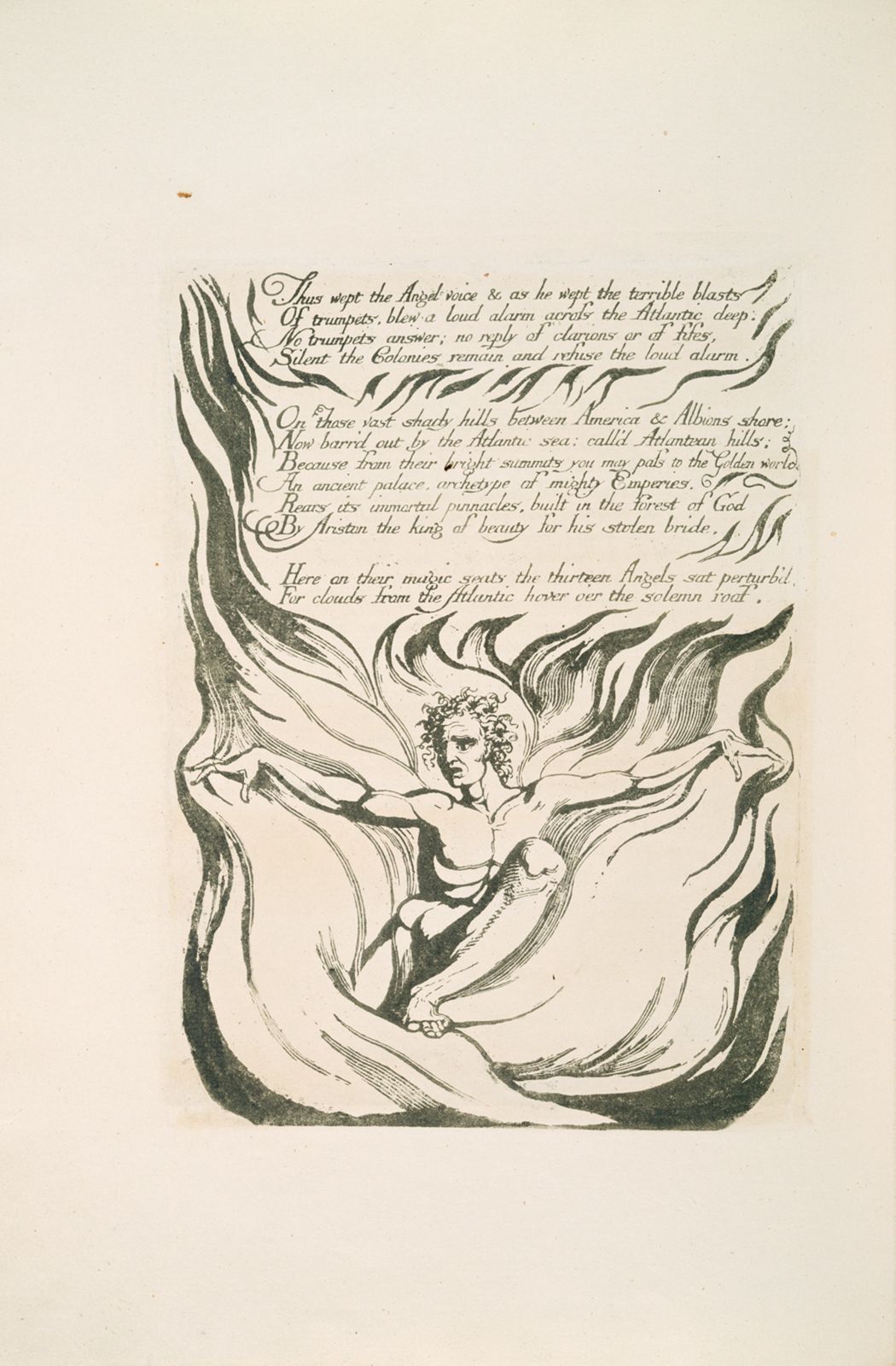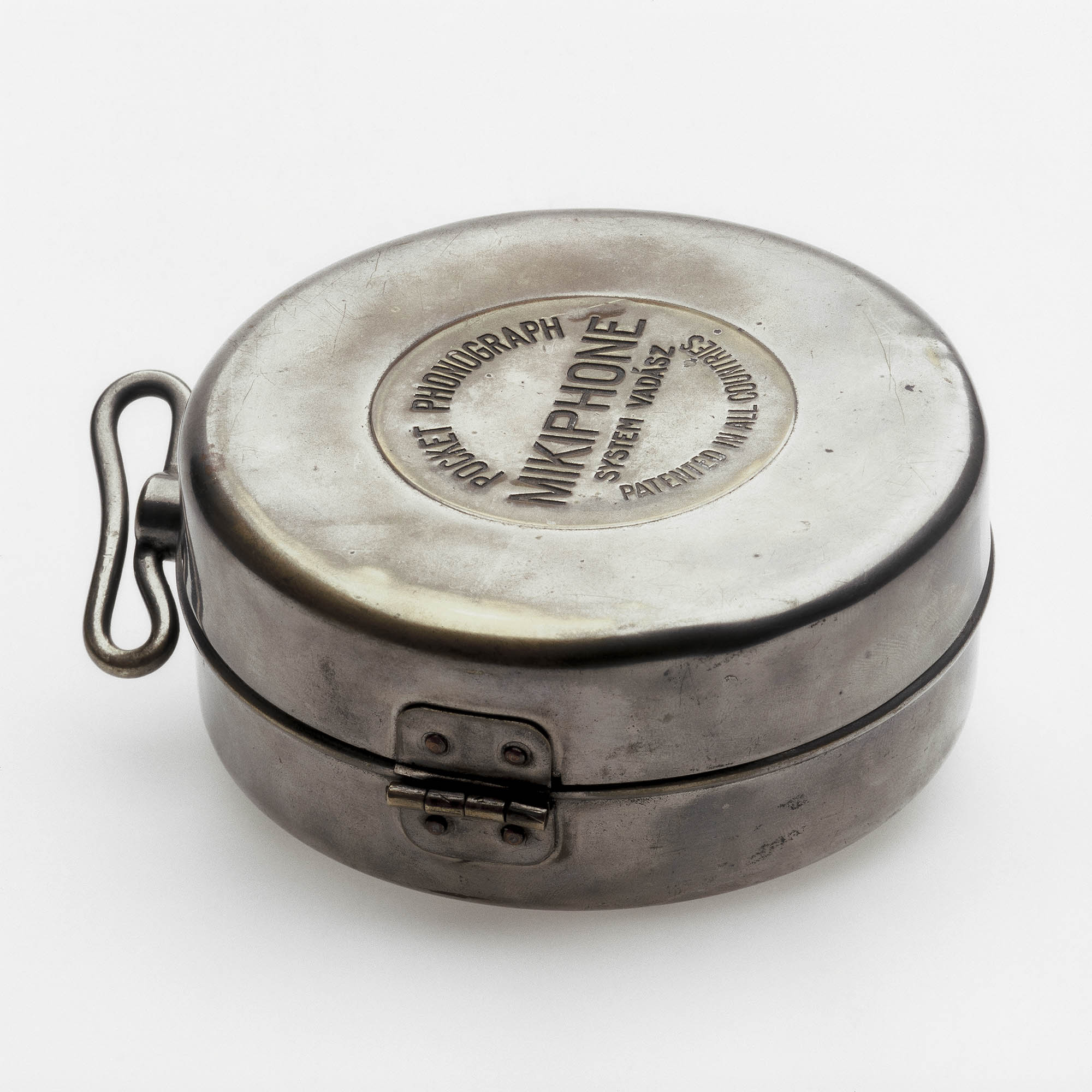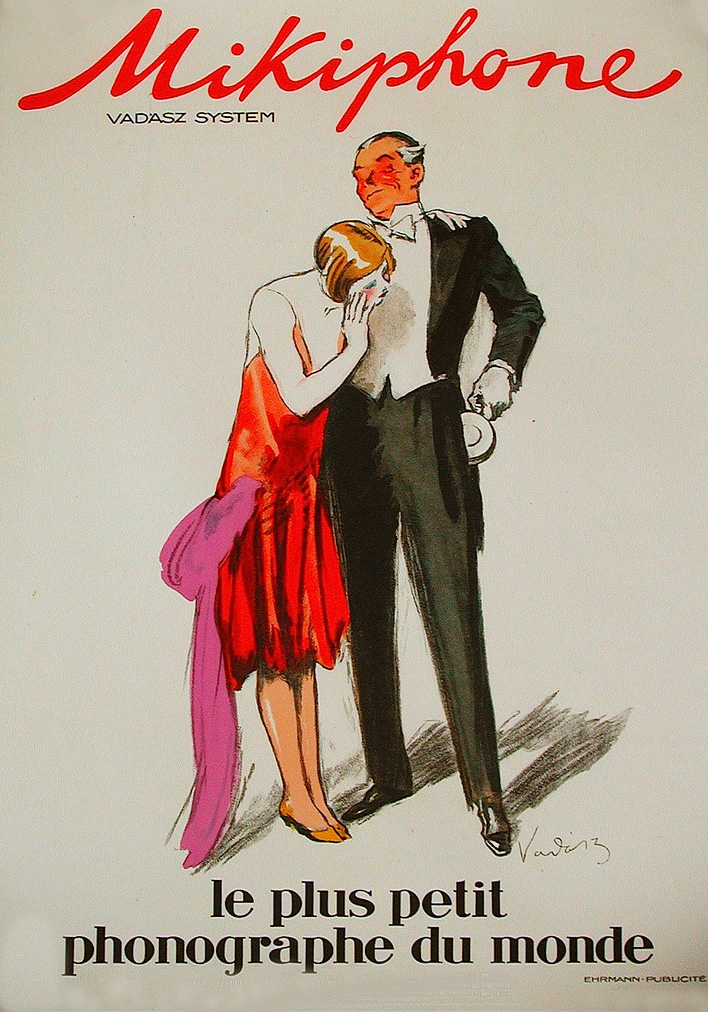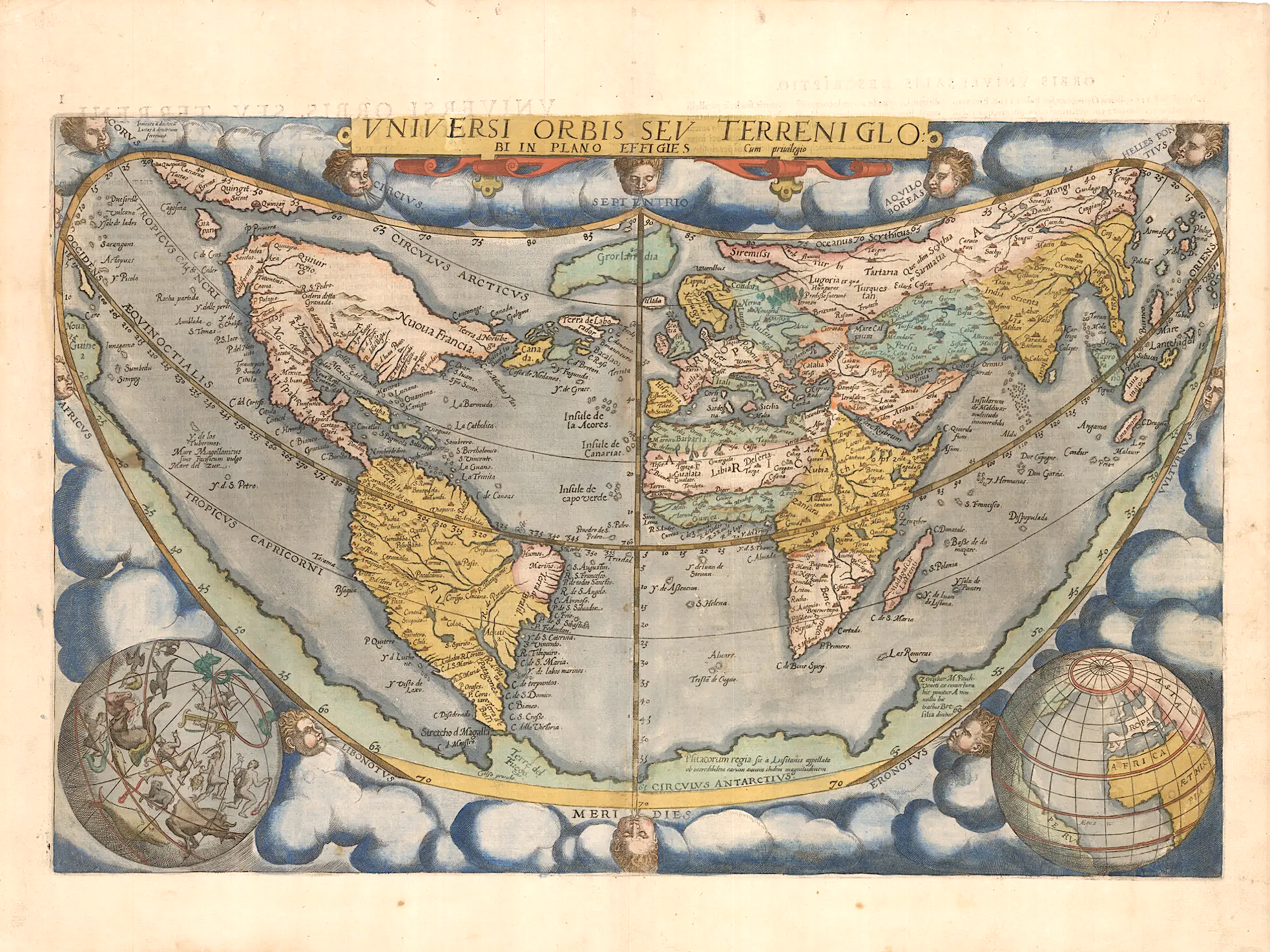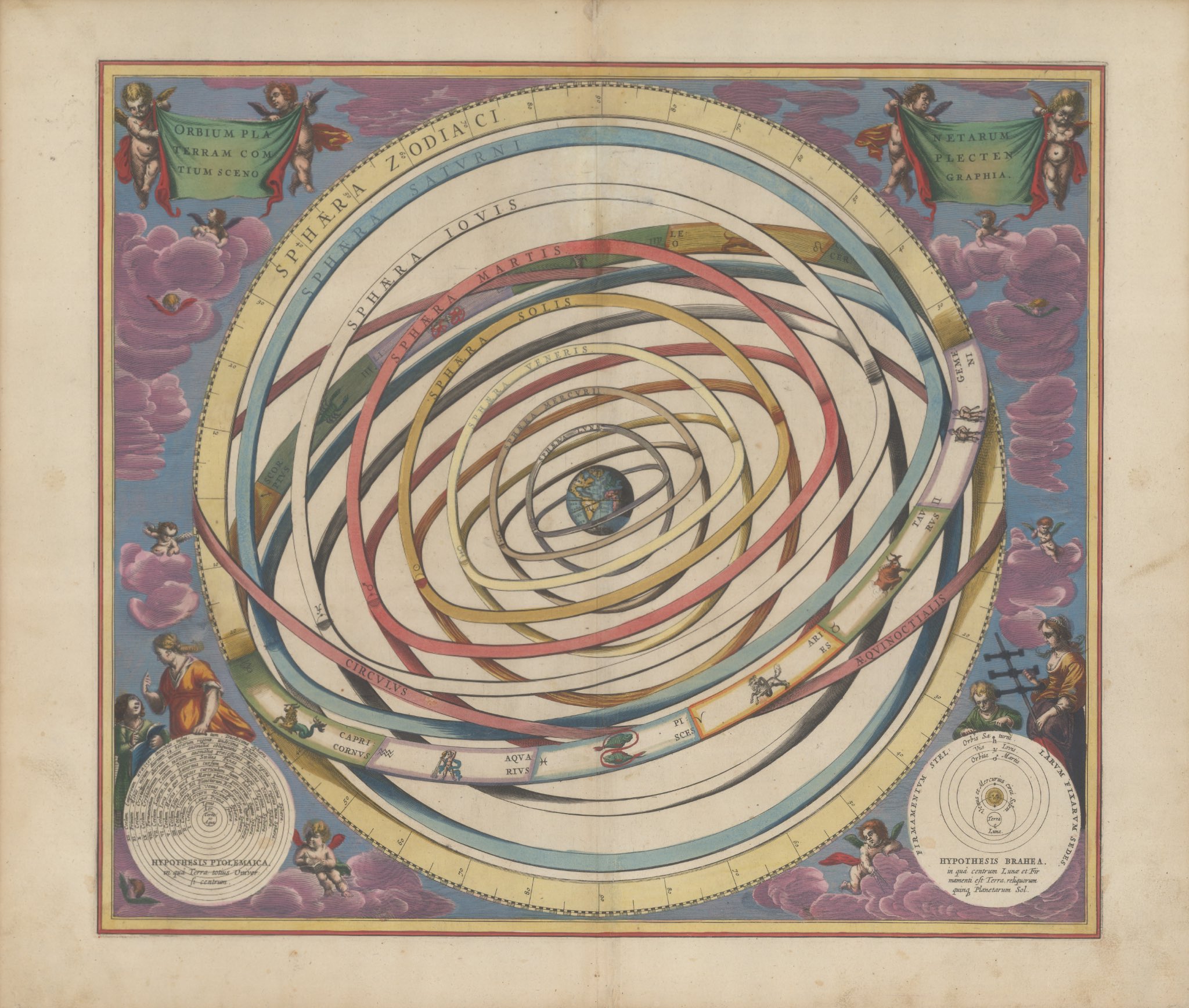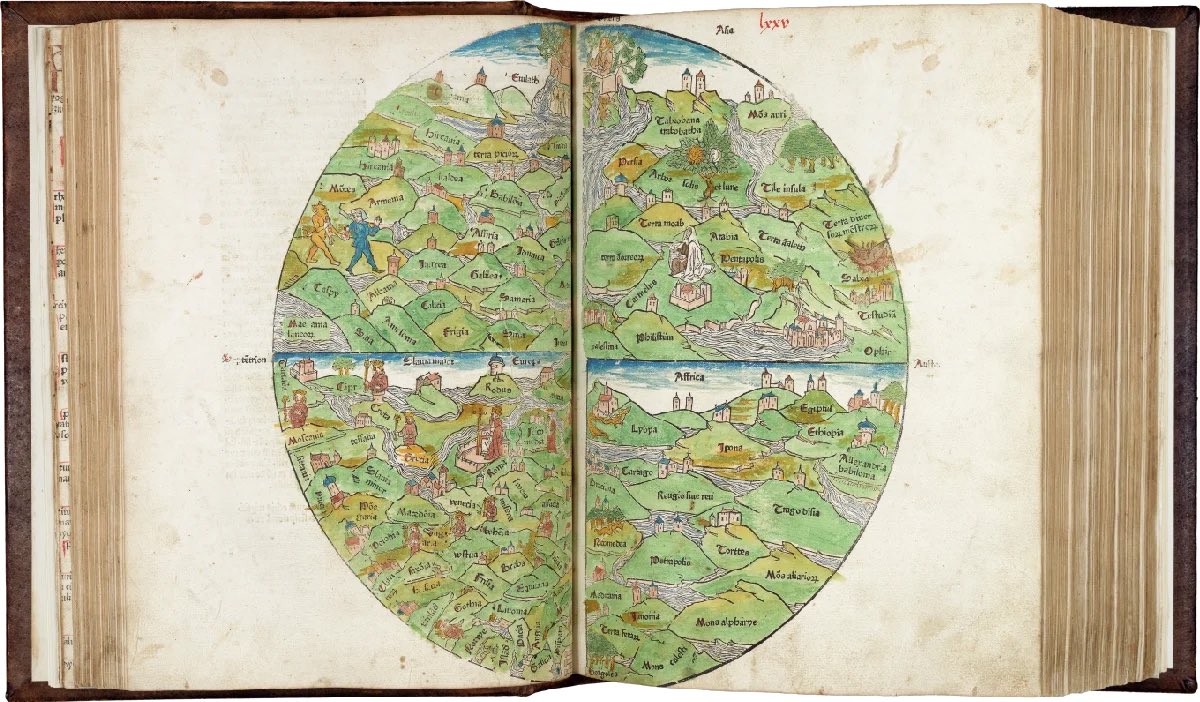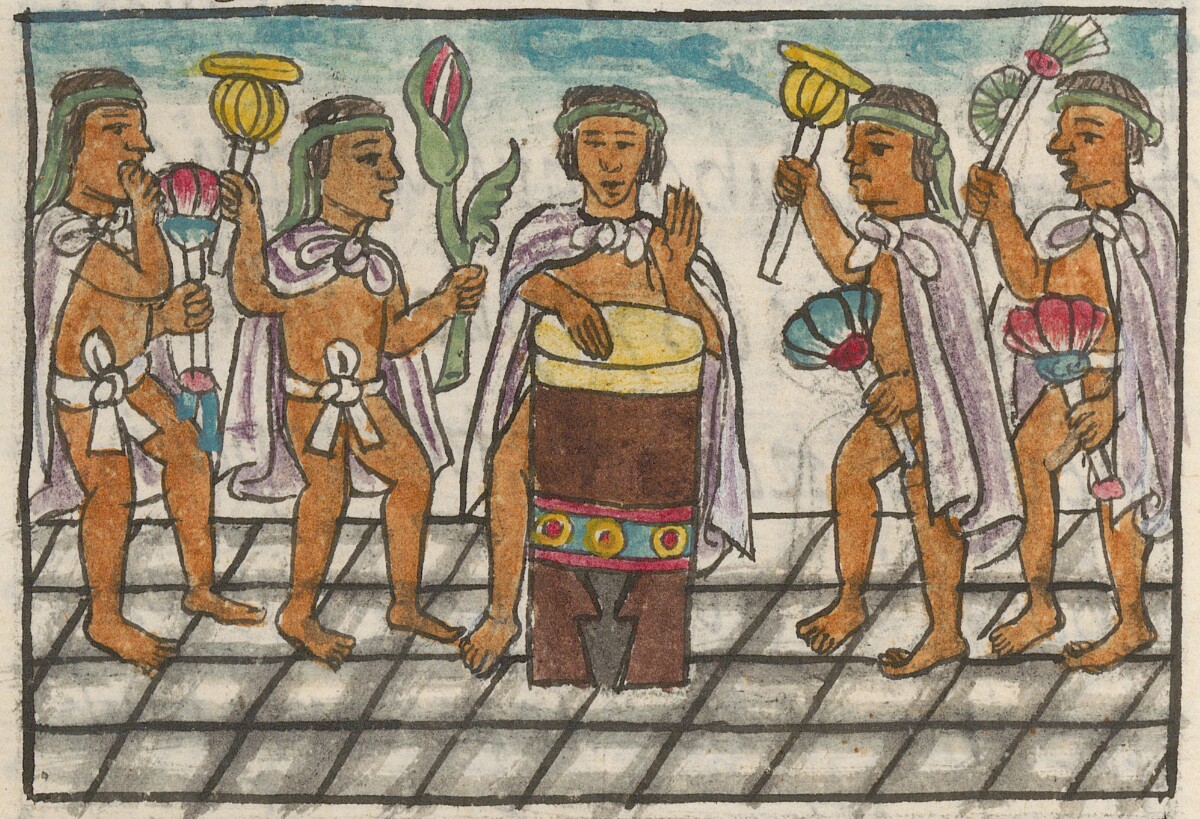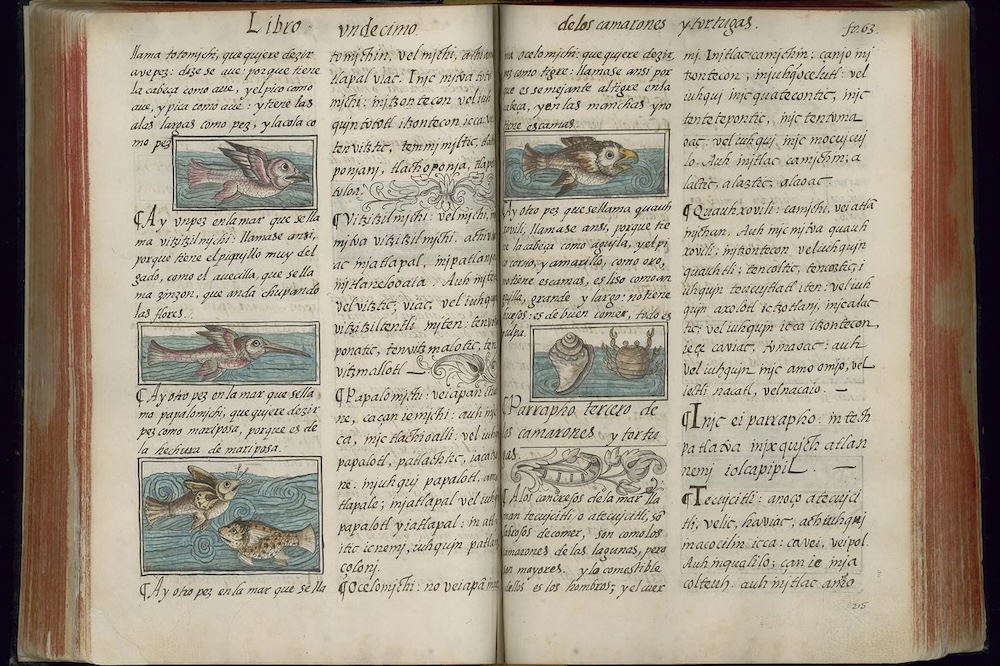Thirteen years ago here on Open Culture, we first featured Rome Reborn 2.2, a digital 3D model of the ancient metropolis at the height of its glory in the fourth century. And that rebirth has continued apace ever since, and just last week bore the fruit of Rome Reborn 4.0, through which you can get a flying tour in the video above. Intercut with the computer-generated reconstructions is footage of the ruins of the very same parts of the city as they exist in Rome today. The opportunity for comparison thus provided allows us to appreciate not just the upgrades in the latest Rome Reborn’s level of detail, but also its degree of realism.
With each revision, the fourth-century Eternal City recreated in Rome Reborn looks more like reality and less like a video game. But that doesn’t mean you can’t get the same thrill of exploring it that you would from a video game, which is part of the appeal of loading up the latest version of the model on the virtual-reality app Yorescape, a product of the “virtual tourism” company Flyover Zone Productions founded by Rome Reborn’s project leader Bernard Frischer.
And it is Frischer himself who leads the in-app tour of “sites exemplifying the city’s geography, markets, temples, and much, much more,” enriched by “Time Warps spread around the city that allow you to toggle between the view today and the view from the same vantage point in antiquity.”
This is heady stuff indeed for enthusiasts of ancient Rome, who will no doubt be eager to see for themselves the new and improved digital models of ancient Roman structures like the Circus Maximus, the Arch of Titus, the Porticus Liviae, and the Temple of Minerva. These and many others besides appear in the Rome Reborn 4.0 demo reel just above, which shows off the culmination of 27 years of work so far by Frischer and his team. A digital archaeologist at Indiana University, Professor Frischer has pointed out still-absent features to come, such as “avatars infused with AI” with whom the twenty-first-century tourist can interact. We’ll have to wait for future iterations to do so, but surely we can summon the patience by remembering that Rome isn’t reborn in a day.
Related content:
A Huge Scale Model Showing Ancient Rome at Its Architectural Peak (Built Between 1933 and 1937)
The Changing Landscape of Ancient Rome: A Free Online Course from Sapienza University of Rome
An 8‑Minute Animated Flight Over Ancient Rome
The Oldest Known Photographs of Rome (1841–1871)
Based in Seoul, Colin Marshall writes and broadcasts on cities, language, and culture. His projects include the Substack newsletter Books on Cities, the book The Stateless City: a Walk through 21st-Century Los Angeles and the video series The City in Cinema. Follow him on Twitter at @colinmarshall or on Facebook.




